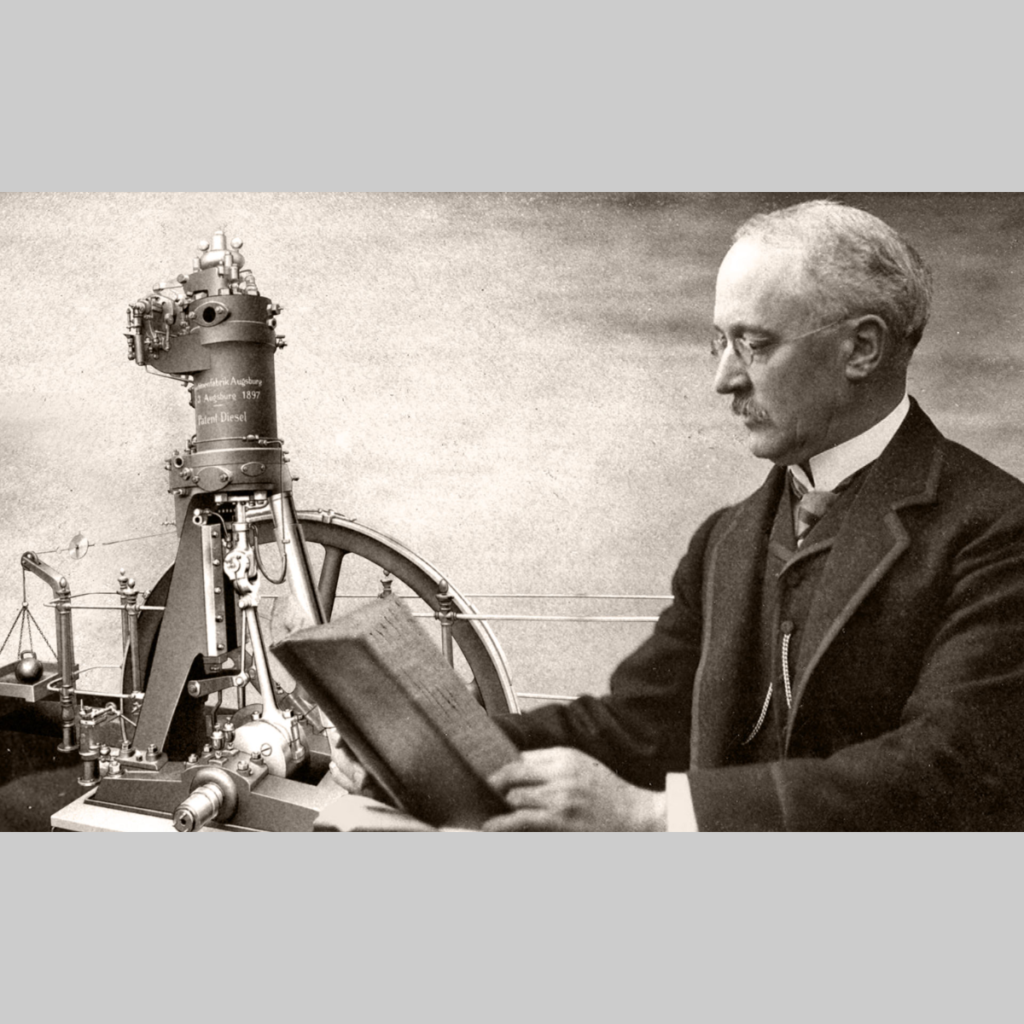
A Dive Into the History of Diesel
Here at Diesel World, we like to think we are quite familiar with the word diesel—we say it all the time. We drive, tinker, and document diesel trucks on a daily basis. But how many of us have taken a deep dive to learn about the origins of the word diesel or how these motors became so popular and trusted?
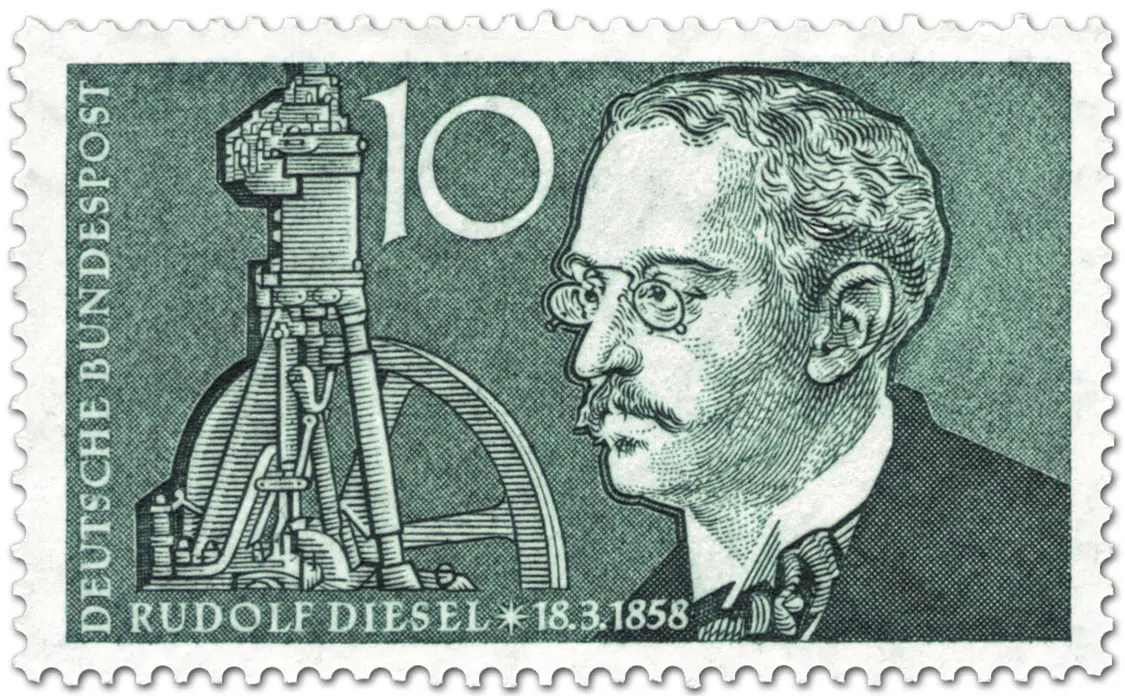
The origin story of diesels stems from none other than the man Rudolf Diesel. Born in Paris in 1858, Diesel was found to be quite a hard worker as well as a very smart student. He helped his father in his workshop and excelled in classes, gaining a bronze medal for instruction at age 12. After graduating from Munich Polytechnical with very high academic honors, he went on to become a refrigeration engineer for the Linde Ice Machine Company in Paris, working extensively on high-pressure systems and continuously seeking greater efficiency for refrigeration products. Diesel even assisted with the design of the modern refrigeration system that has evolved into what we are all familiar with today! This desire for greater efficiency led Diesel to create multiple patents for high-pressure thermal engines from 1892-1897.

What made these thermal engines so special? Unlike typical combustion-powered engines, these engines did not require any externally applied ignition inside the motors to achieve combustion. Diesel realized that ignition can be achieved through very high compression plus introducing the fuel at the end of the compression stroke. Using the Carnot Cycle as his basis of efficiency—using heat to be converted to energy—Diesel honed the process over multiple years and iterations of motors. He learned that high-pressure steam and ammonia are a recipe for explosions, nearly being killed during one of his test runs when the iron block completely exploded in his face. Thanks to his extensive background in thermal efficiency with refrigeration, he realized that pressure and fuel can make very efficient power. In 1897, Diesel found that his engine reached a theoretical efficiency of 75%, which was astounding when one compared it to the 10% efficiency steam engines had at the time.
“In 1897, Diesel found that his engine reached a theoretical efficiency of 75%, which was astounding when one compared it to the 10% efficiency steam engines had at the time.”
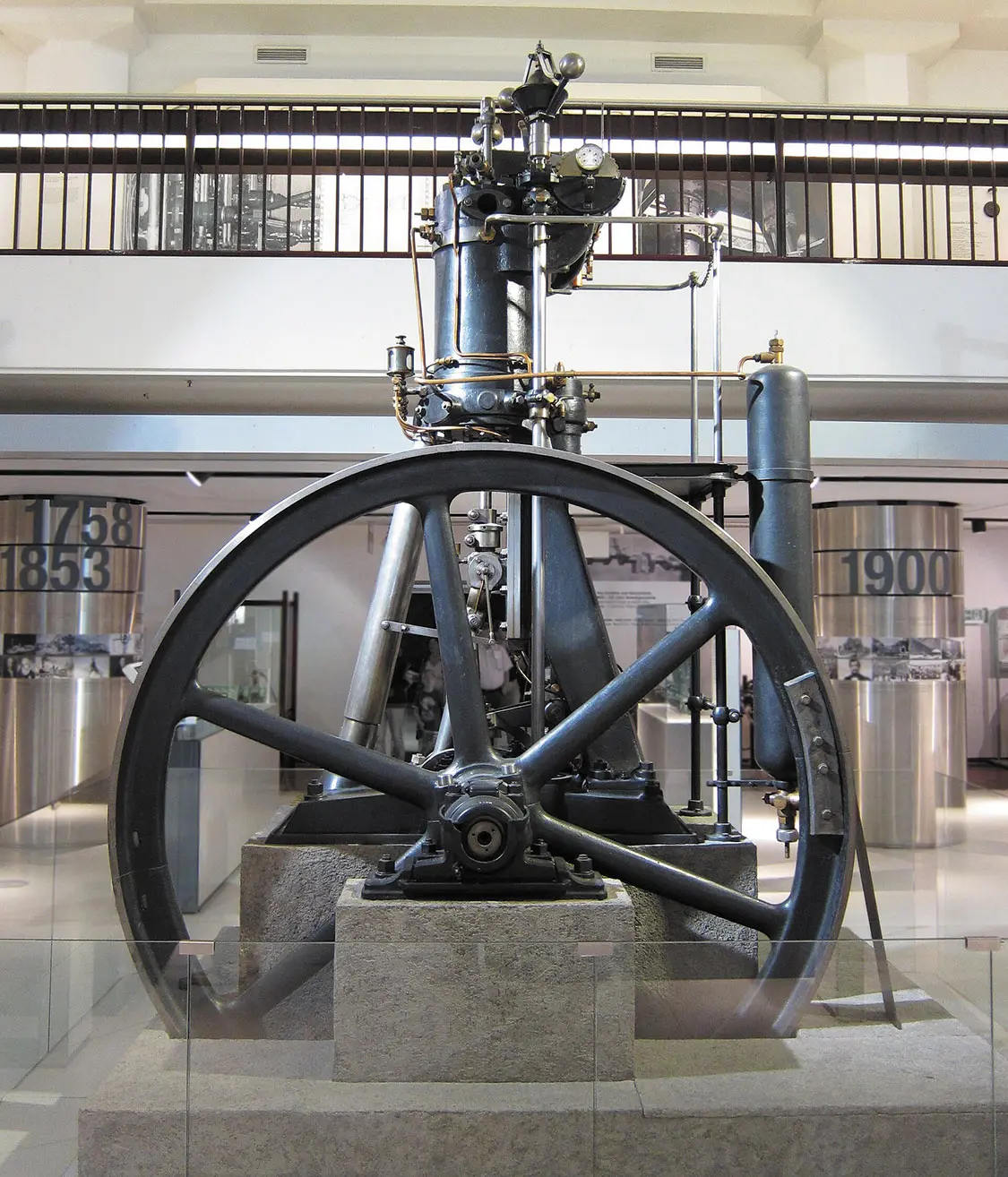
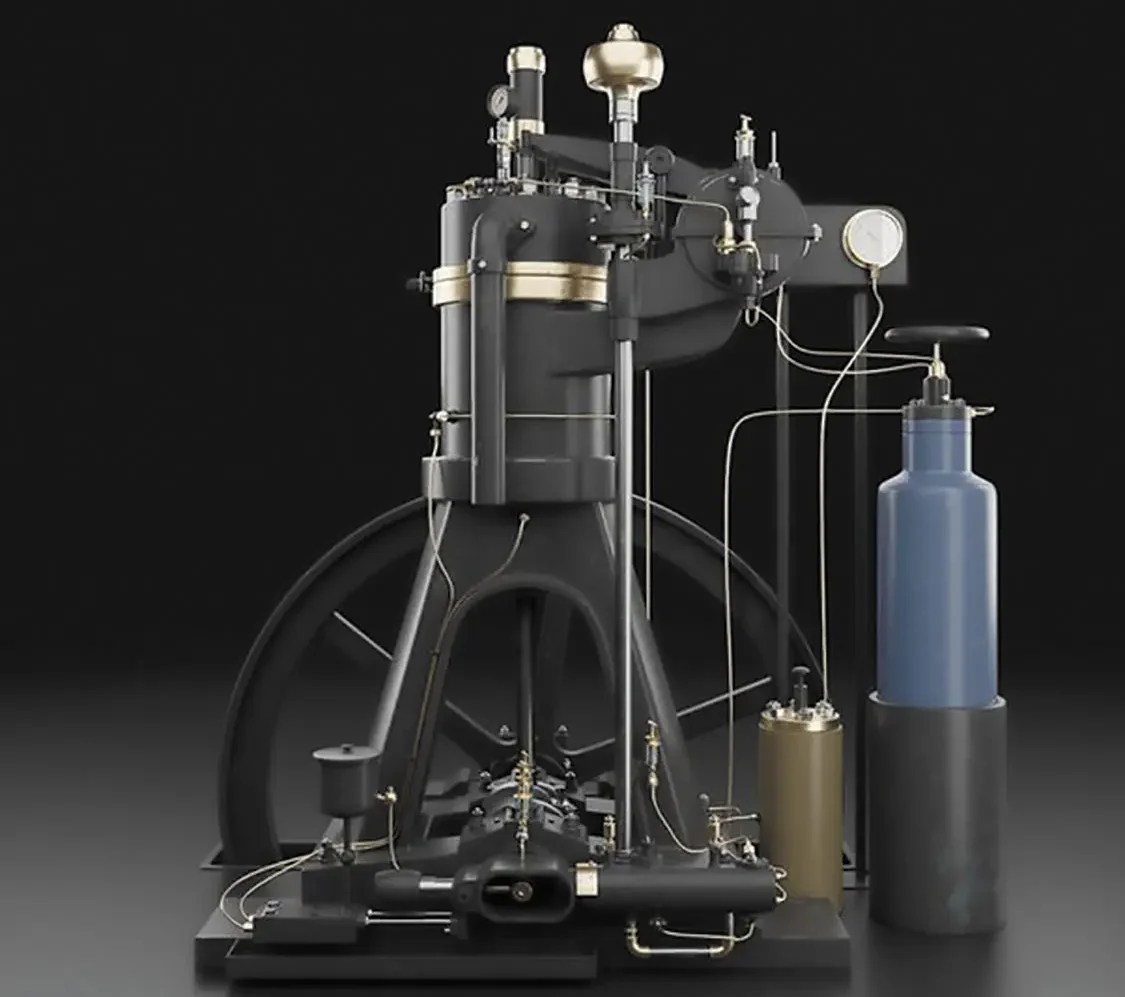
Diesel coined the Motor 250/400 engine and obtained patents across multiple countries. During this time, he became an overnight millionaire; every industry giant wanted Diesel motors in their vehicles, trains, and boats. Countries across the world used Diesel motors to power pipelines, water treatment plants, mining operations, and various factories and machines, citing their efficiency and power as must-haves. This greatly reduced shipping costs as well as improved timelines across the board.
“Countries across the world used Diesel motors to power pipelines, water treatment plants, mining operations, and various factories and machines, citing their efficiency and power as must-haves.”
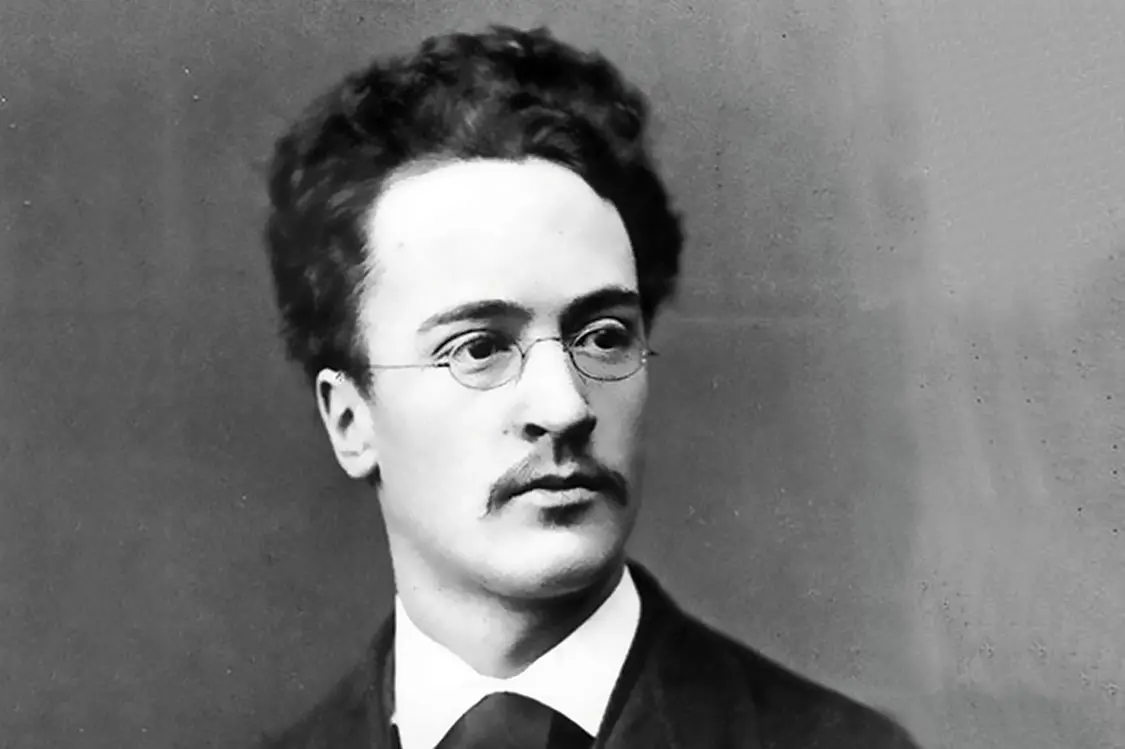
However, on a steamship voyage to Britain in 1913, Diesel mysteriously disappeared from the boat after telling everyone he was to go to bed and requested to be woken at 6:15 AM. His bed was not slept in, and no belongings were left behind apart from a crisply folded pajama top and his watch. Diesel’s extremely decomposed body was recovered a few days later with the rest of his belongings. Some theorized that he took his life, while others believed that he was murdered by the Germans because he denied their request to use his motors in their military vehicles leading up to World War I, and was rumored to allow the British to use the motors instead. Some even believe that he was murdered by the coal industry since his motors greatly reduced the need for trains to burn coal, gouging them of huge amounts of money. To this day it has never been solved and remains a mystery. It’s quite the abrupt ending to so much achievement, but here at Diesel World, we can’t help but be appreciative of Diesel’s efforts and ambition, as it has given us the world.